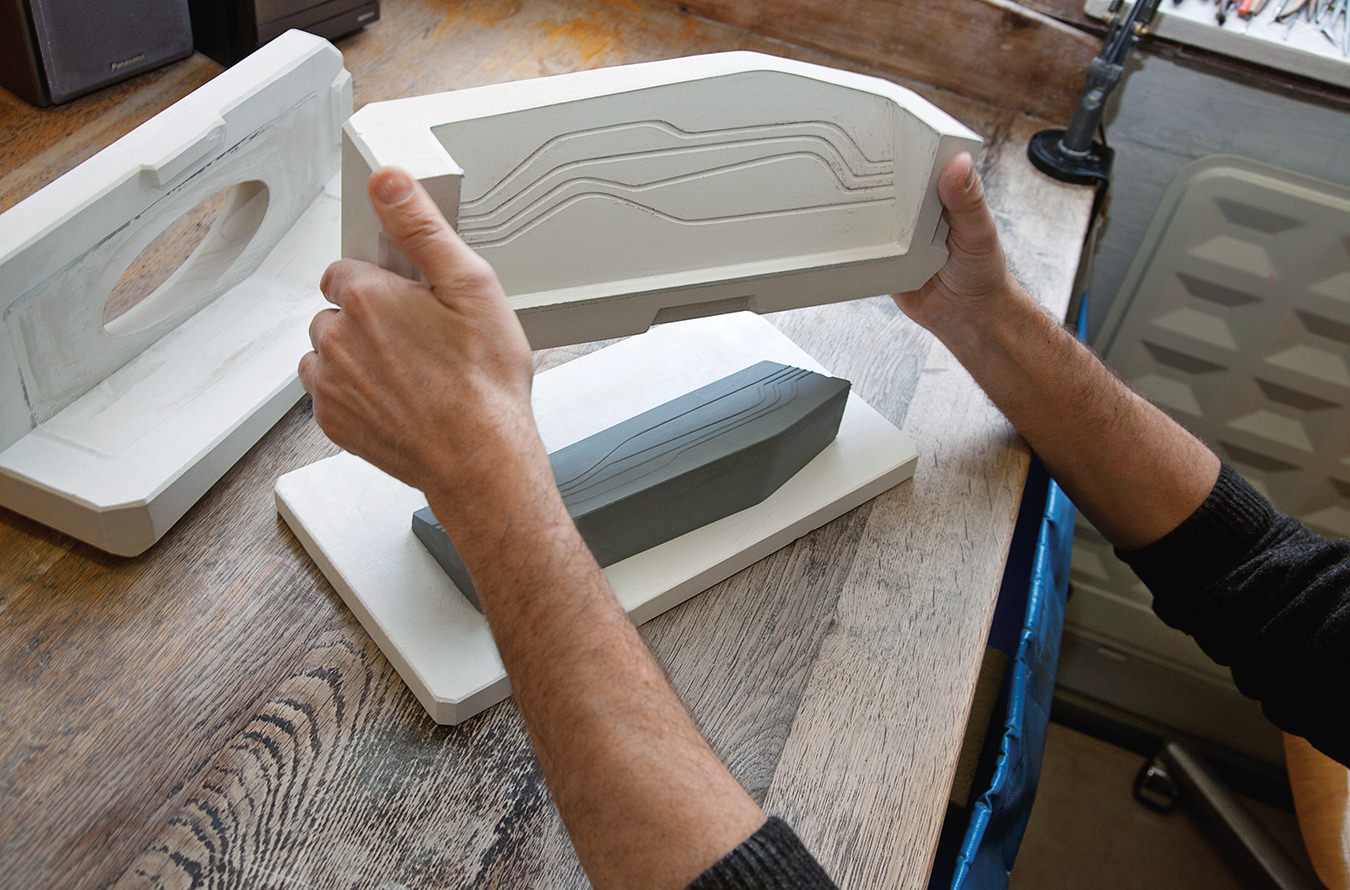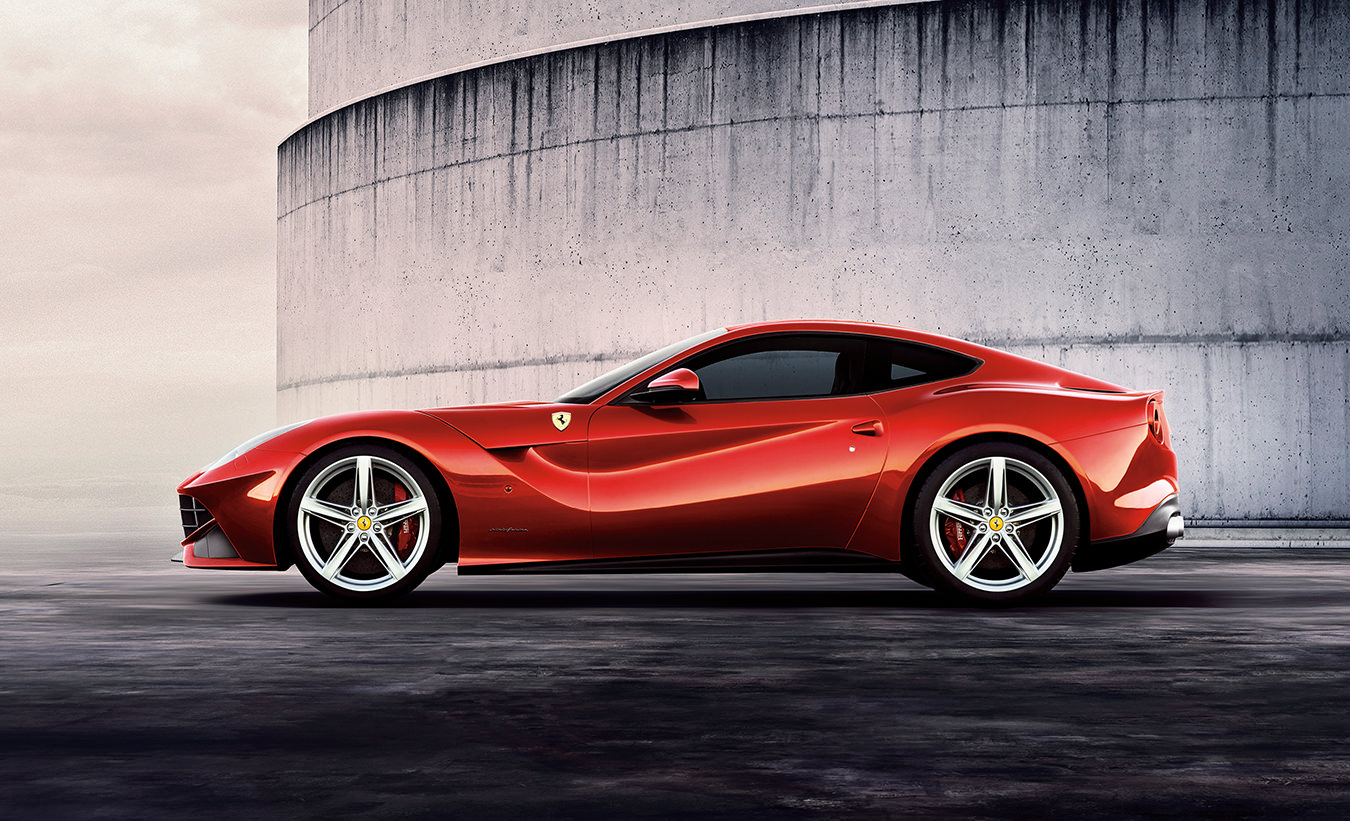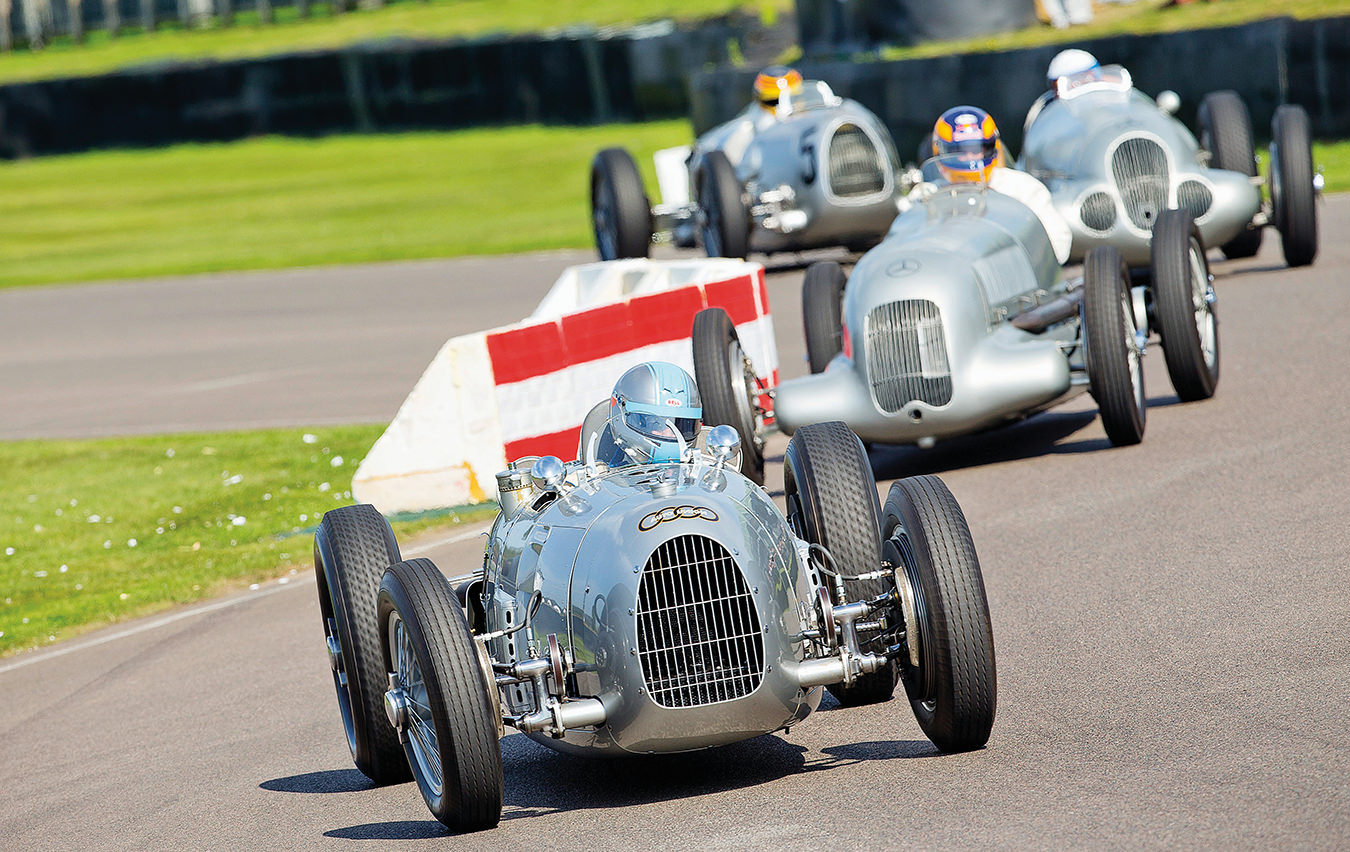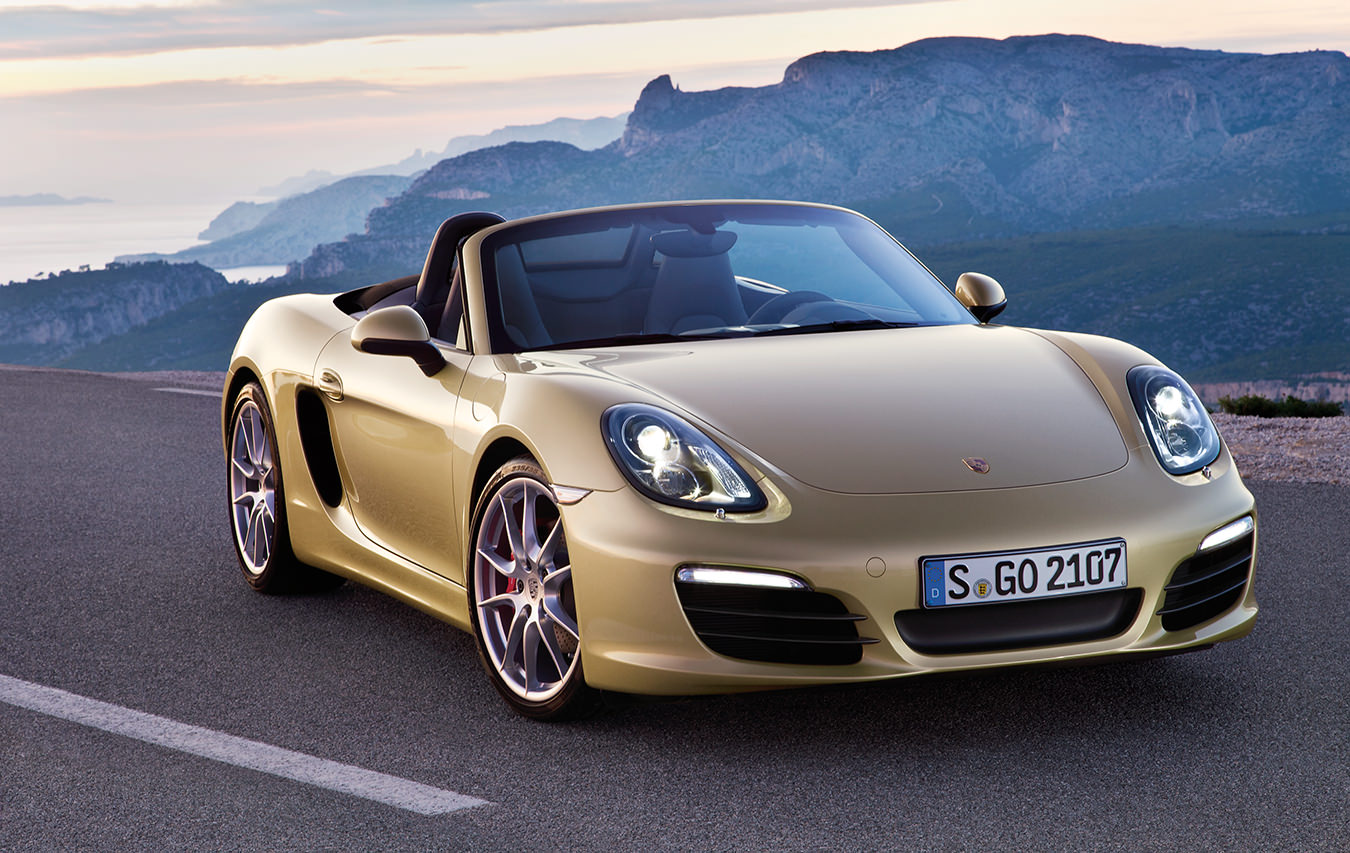-
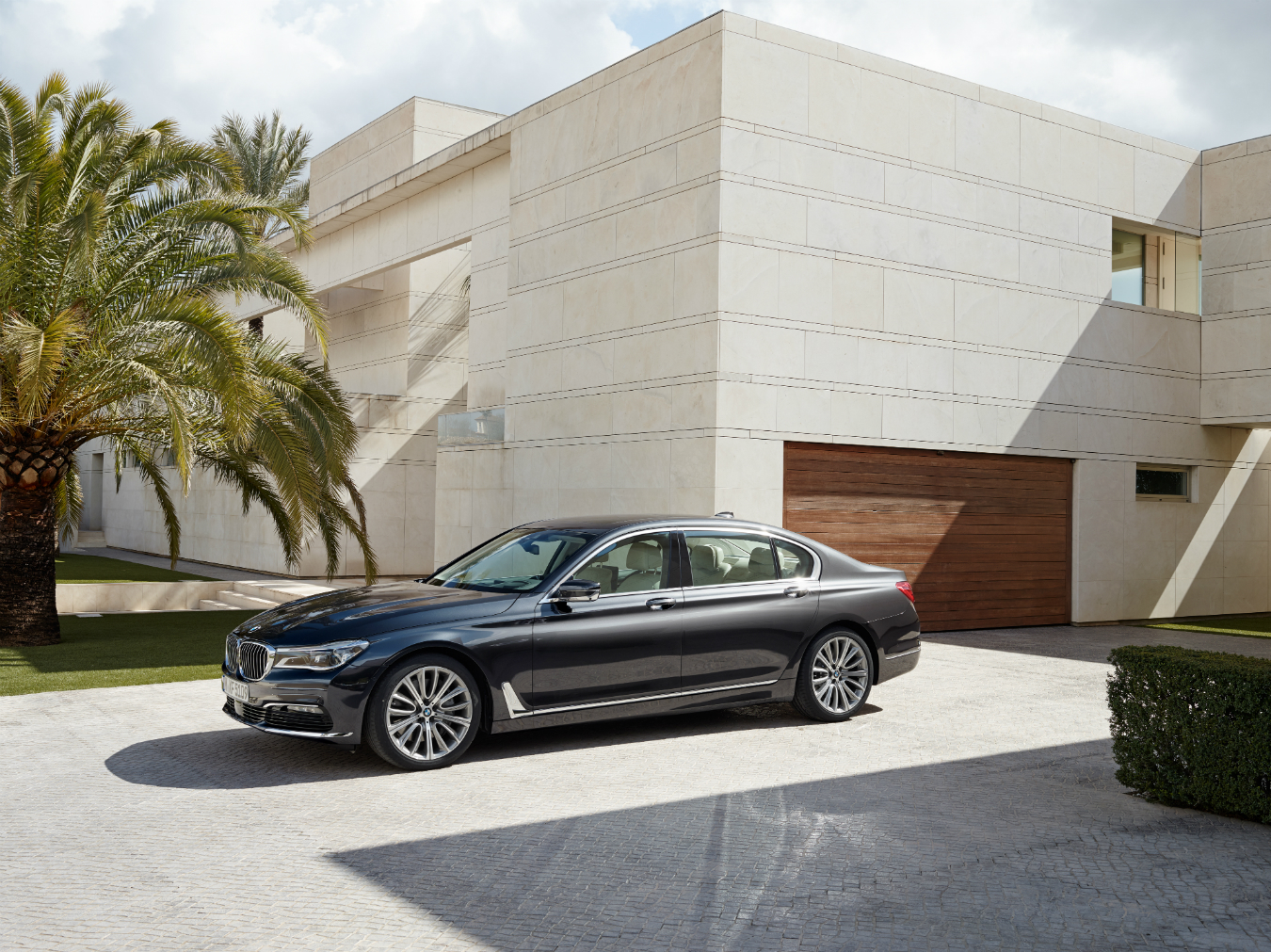
The 2016 BMW 7 Series is the sixth generation of BMW’s flagship sedan. Here the 750 Li xDrive.
-
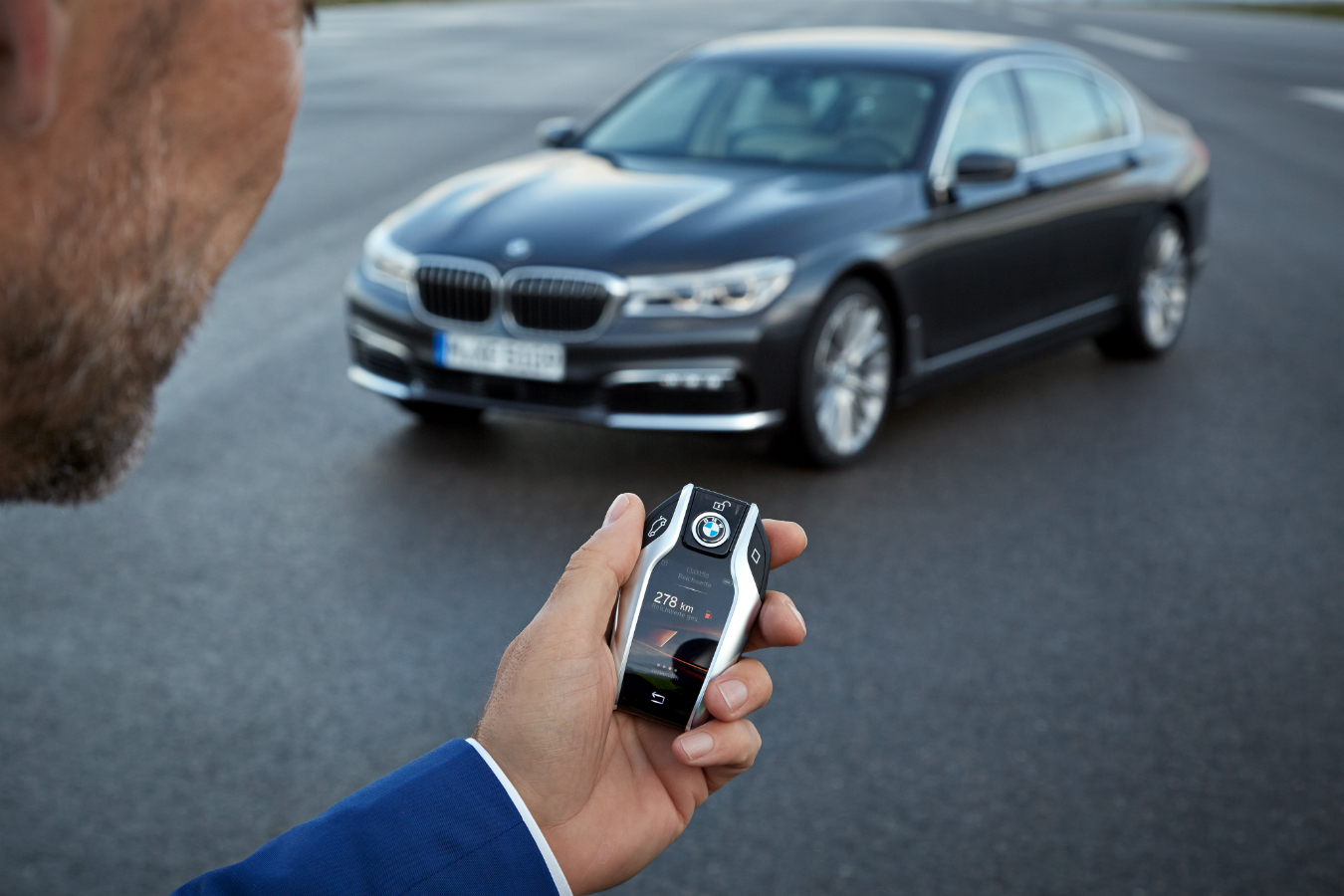
The myriad innovations on the 2016 BMW 7 Series are apparent from the moment someone hands you the display key.
-
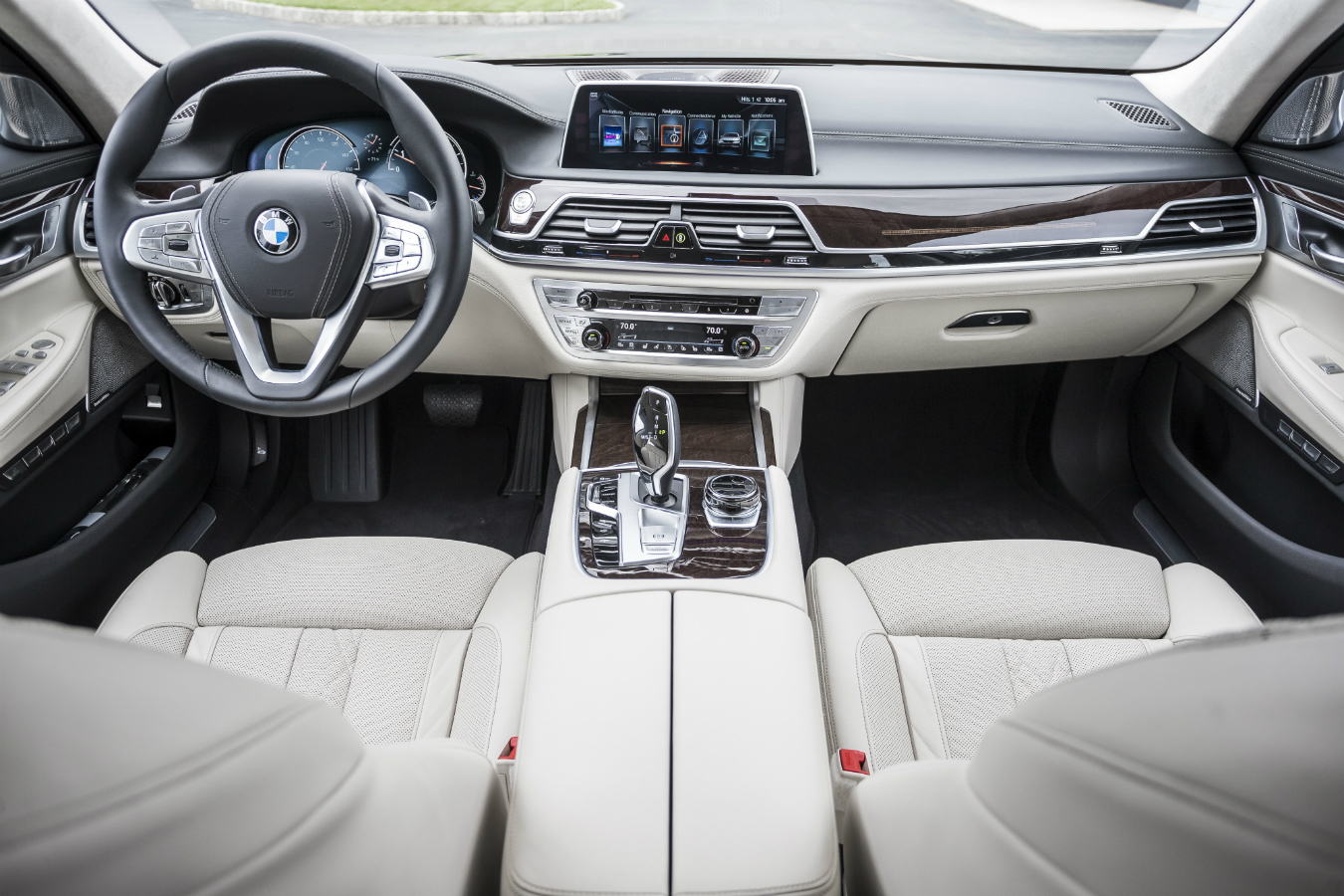
The new 7 Series has successfully evolved both the driver and passenger experience.
-
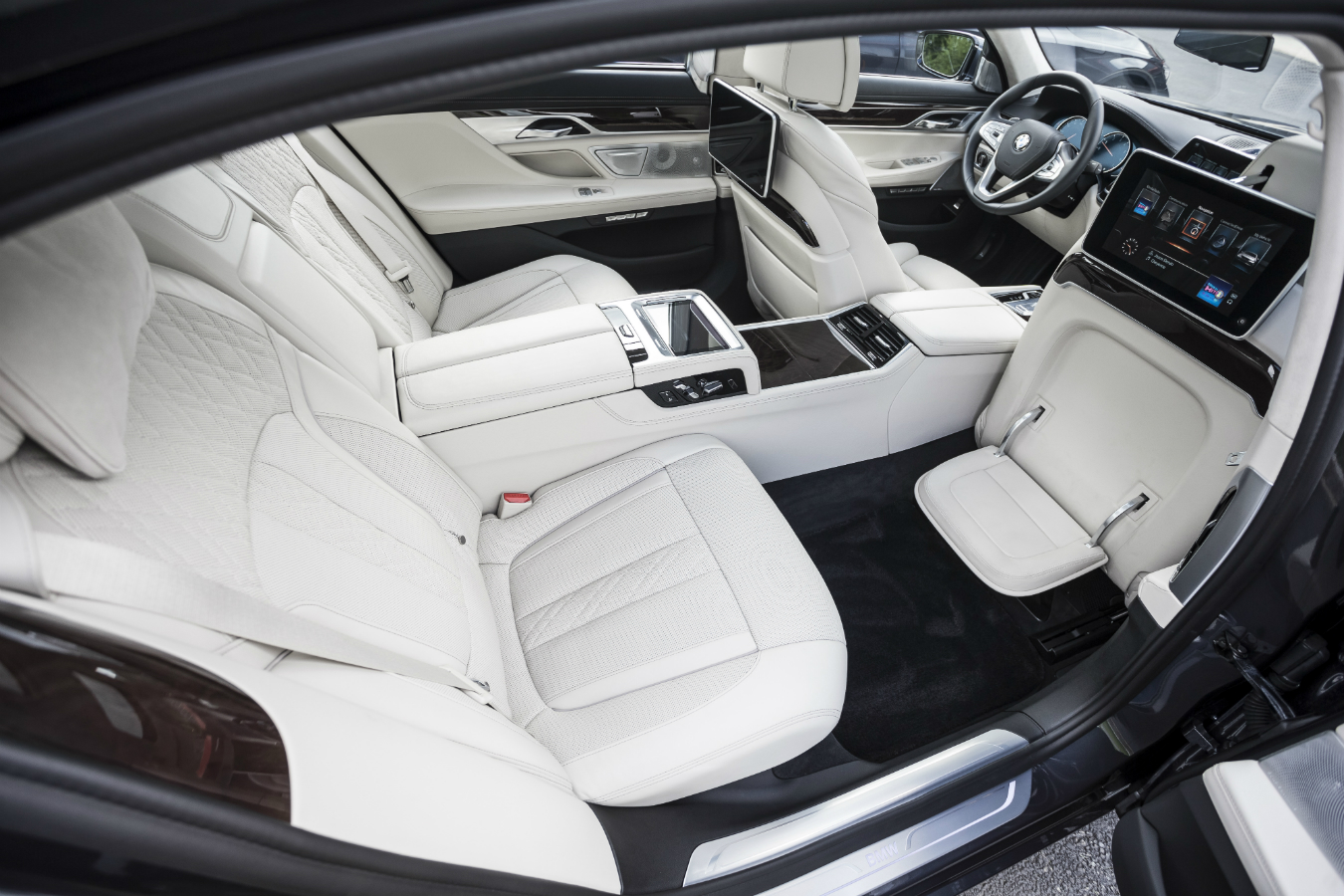
The Rear Executive Lounge Seating Package allows the front passenger seat to move further forward and unfolds a footrest, while the rear seat reclines and has a built-in massager.
-
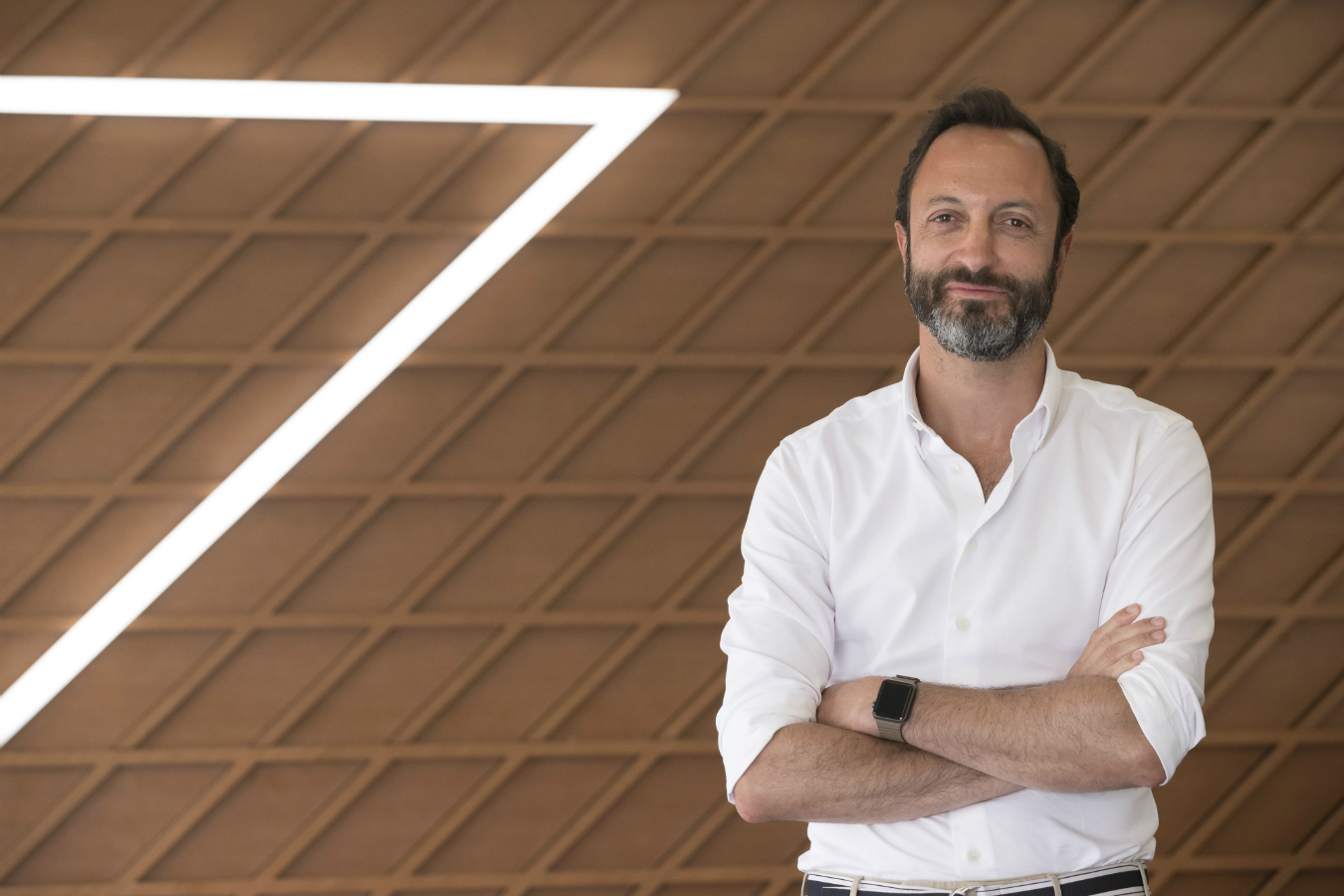
Karim Habib, a 45-year-old Lebanese-born Canadian, is the one responsible for creating the handsome reinterpreted 7 Series.
-
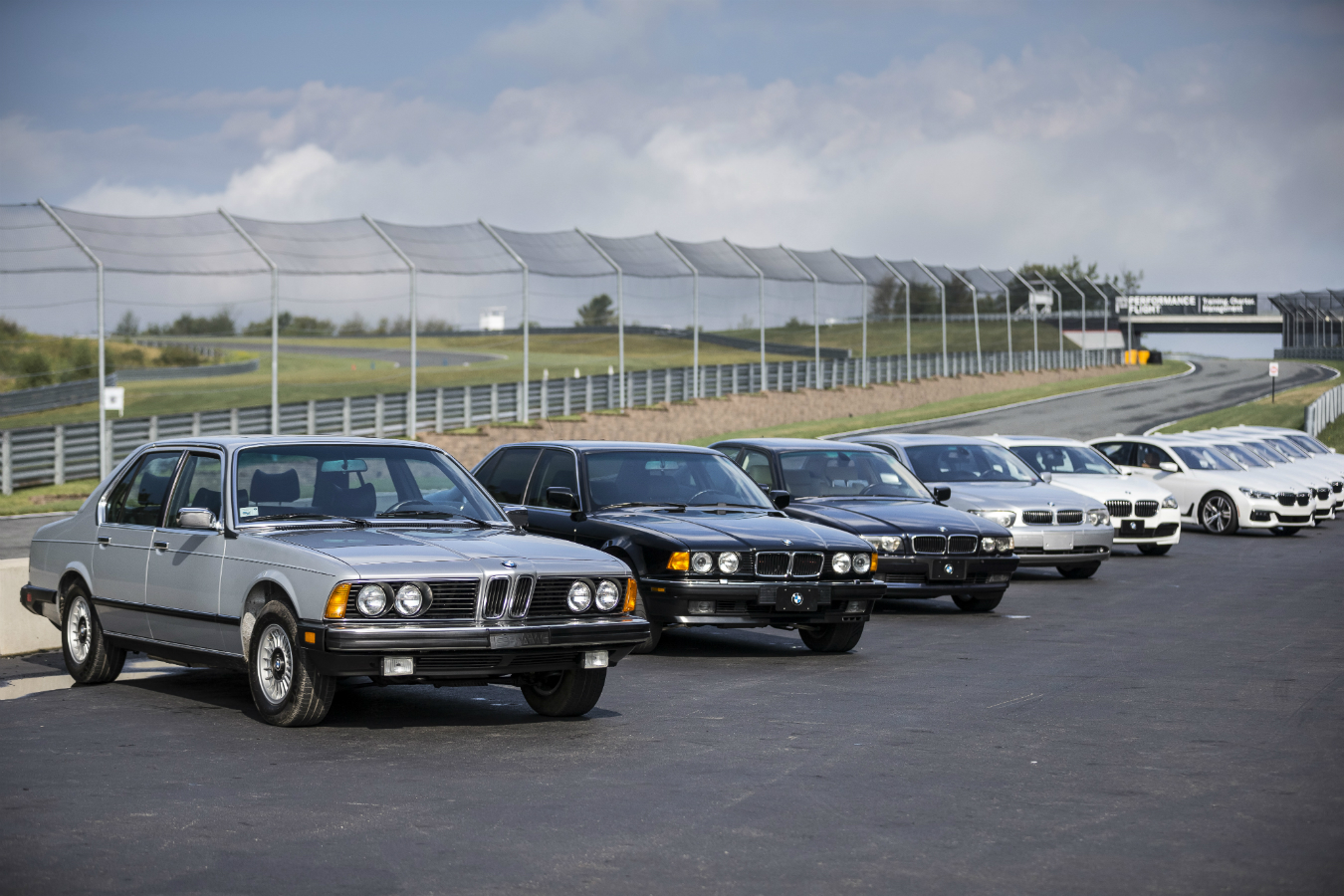
The BMW 7 Series Generation.
The Reinvented BMW 7 Series
A sovereign and quiet force.

Anyone who cares about design cares about all the things around them: what looks the best, works the best, and says the most about them. Cars (just like clothes) speak to people on subconscious and conscious levels. Whether purchased with a purposeful eye to make a statement or purchased without a conscious knowledge of why, the type of car one drives says a lot about personality.
“I don’t know if people are aware of it consciously; I know they perceive it, but I think it’s the most important thing when buying a car: proportions,” says Karim Habib, head of BMW Design. Habib compares the proportions of a car to the cut of a suit—a properly cut suit conforms to the body with such precision that people don’t know exactly what it is they are noticing. “And it’s the same for cars,” he says. “You have to be really, really thorough when it comes to proportions.”
Habib, a 45-year-old Lebanese-born Canadian, is the one responsible for creating the handsome reinterpreted 7 Series, the sixth generation of BMW’s flagship sedan. As with each preceding model, the thrust has been to make the occupant’s life more comfortable and evermore luxurious. Always more limo than sports sedan, the new 7 has slimmed down (weighing 86 kilograms less) thanks to a new platform, what BMW is calling its Carbon Core, a composite construction concept utilizing carbon fibre reinforced plastic, high-strength steel, and aluminum.
The myriad innovations on the 2016 BMW 7 Series are apparent from the moment someone hands you a display key. The small device features a colour touch screen that can be used to answer those ubiquitous nagging questions: How much gas is in the car? Are the lights off? Have I closed the windows? (Though the car will sense rain and shut the windows and sunroof automatically.) And beyond the simple functionality of controlling locks and starting the car, you can even set a time by which you’d like the interior climate to be comfortable before a cold morning commute. Not forsaking design for functionality, the display key is ergonomically tuned to feel good in the hand and is styled as an extension of the vehicle.
Luxury consumers are seeing greater comfort, attention to detail, and individualization in high-end sedans. Meeting this demand with “the ultimate driving machine,” the new 7 Series has successfully evolved both the driver and passenger experience. The line-up for Canada includes the 750i and 750Li with the 740Li to arrive in the spring, as well as the new 740e plug-in hybrid. All models come with BMW’s xDrive all-wheel-drive.
There are choices when it comes to actually driving this car (Eco Pro, Comfort, and Sport modes) and with the new Adaptive mode, the vehicle set-up is matched to the current driving style and changing route profile. The system logic reads the road ahead with a stereoscopic camera and adjusts dampers in anticipation of irregularities. Set the driving mode to Comfort and that’s what you’ll get, but put it in Sport and the 445 horsepower twin-turbo V8 engine launches from zero to 60 in 4.3 seconds. The vehicle does city driving as well as anything in the segment but what is pleasantly surprising is its ability to take to the track. Harnessing such disparate capabilities in a formal sedan is extraordinary. Enthusiasts will be delighted by both the lap-of-luxury cabin and the surprising agility when the road gets twisty.
BMW’s design philosophy is “precision in poetry.” The more time you spend with a 7, the more this point of view reveals itself.
“If you measured the difference between this car and the previous one, if you scanned it and looked at the data one over the other, it’s not a lot of difference. But the character, the identity is completely different,” says Habib.
“There are a lot of very good cars out there,” he continues, “and the design input is not just about making a line pretty or not. It’s really about how you experience the car. The level of visual education that your average person has is much higher than it was in the past. We’re more articulate visually and that has basically brought with it a demand for all objects around us to be better designed.”
Design goes much deeper than the basic form—it’s an exercise in problem solving and an obsession with detail. As Habib says, “[BMW’s] design philosophy is: precision in poetry.” The more time you spend with a 7, the more this point of view reveals itself. Quilted leather and inlaid wood wrap around occupants, while buttons are galvanized metal. BMW has even teamed up with a French perfumer to create an in-car atomizer of eight varying scents. The Hofmeister Kink, or H-Kink, a metallic frame around the rear passenger windows, is one design element that first debuted on the 1961 BMW 1500. It has always been manufactured from at least two pieces of metal with a noticeable seam, but on the new 7, the H-Kink is made from one piece of metal, elegantly framing the luxurious backseat experience.
The Rear Executive Lounge Seating Package allows the front passenger seat to move further forward and unfolds a footrest, while the rear seat reclines and has a built-in massager. The seven-inch seat-back screens are complemented by a Samsung touch tablet that neatly fits into the centre armrest and includes custom software controlling all aspects of the passenger experience. Add a fold-out tray table and this right rear passenger seat is enviable of many first-class airline cabins.
The 7 Series has long been the car company’s technology standard-bearer. Previous generations debuted the first in-dash navigation system, active safety features and centre-console infotainment controller, and iDrive, which other automakers later adopted. With the proliferation of technology across all vehicle segments, luxury automakers have had to work harder to differentiate their cars. The 2016 BMW 7 Series features 25 new innovations, and 13 of those are segment exclusives. Notable among them is Gesture Control, possible thanks to an infrared camera that detects the position of a hand in a small sweet spot above the shifter. Twirling a finger clockwise increases the volume of the stereo and twirling it counter-clockwise decreases it. Answering a call on a connected Bluetooth phone can be performed by simply pointing at the screen or the call can be ignored by swiping a finger. Two configurable gestures can also be programmed to the driver’s preferred functions.
“You drive a BMW because there is a certain emotion you want or expect it to give you,” says Habib. “When I design, I am always working to honour that thought.” The new BMW 7 Series doesn’t shout. Its presence is felt, but not by having a super loud exhaust. It’s much more about a sovereign and quiet force—much like its designer.

